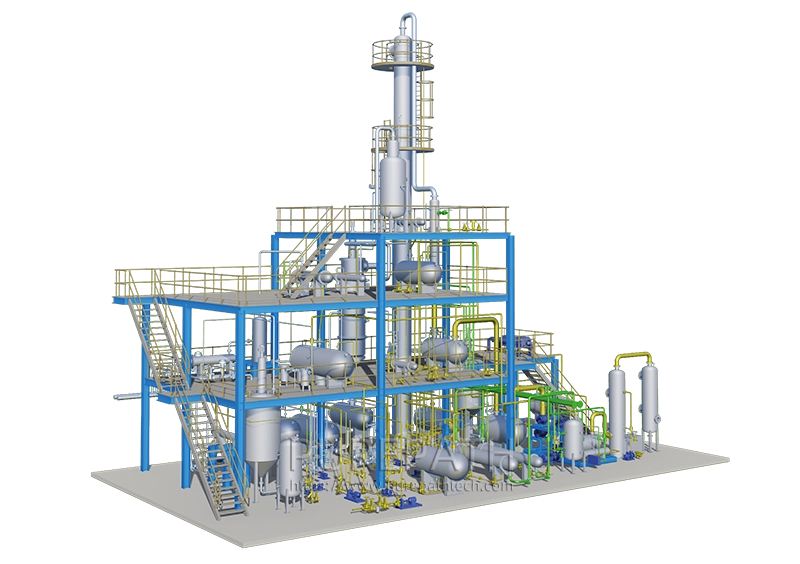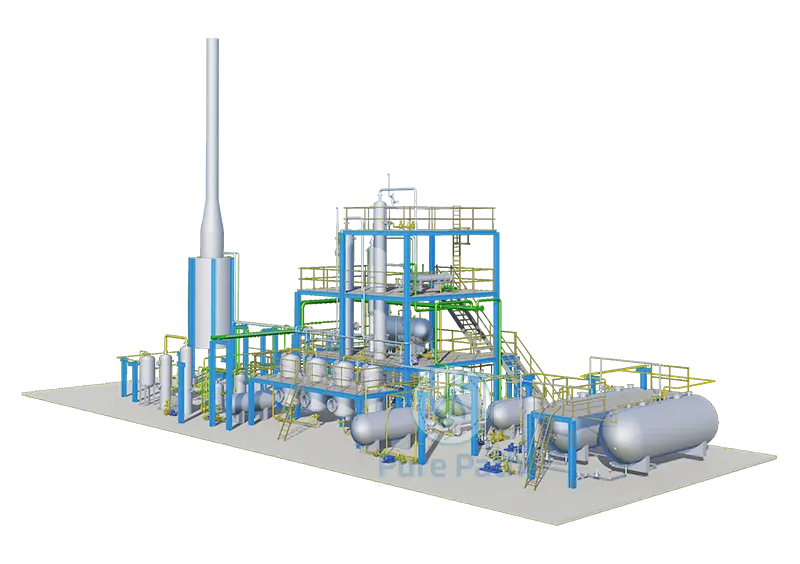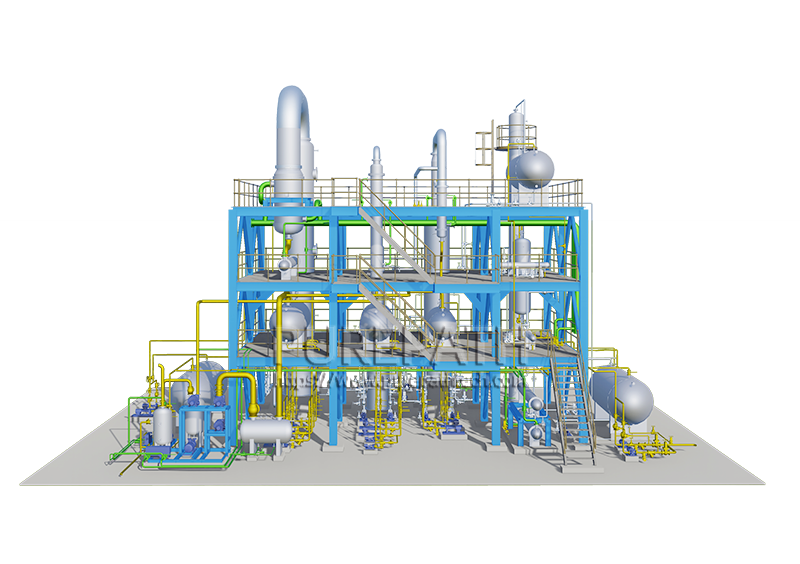Used Oil Re-Refining vs Recycling: What’s the Difference?
Used oil, a byproduct of keeping our engines running smoothly, poses a significant environmental threat if not disposed of properly. However, this seemingly waste product holds immense potential for a second life. This article dives into the two main methods for handling used oil: recycling and re-refining.
Used Oil: A Waste with Potential

Used oil, the dark, viscous liquid left behind after an oil change, might seem like a mundane consequence of keeping our vehicles running. However, the sheer volume generated globally paints a different picture. Every oil change produces a few liters of used oil, and with millions of vehicles on the road, the collective amount becomes a significant environmental concern.
The problem lies not with the oil itself but with its improper disposal. Used oil is a hazardous waste. It contains harmful contaminants like metals, dirt, and combustion byproducts. If poured down drains or dumped on the ground, these contaminants can seep into the soil and groundwater, poisoning vital ecosystems. Imagine used oil leaking from a car repair shop into a nearby stream. The oil can coat fish and suffocate aquatic life. It can also contaminate drinking water sources, posing a serious health risk to humans.
The consequences of improper disposal extend beyond immediate environmental damage. Used oil can also negatively impact public health. When burned in open fires or improperly disposed of in landfills, it releases toxic fumes that contribute to air pollution. These fumes can irritate lungs, exacerbate respiratory illnesses, and even lead to cancer.
However, used oil isn’t just a looming environmental threat; it’s a hidden treasure trove of potential. Used oil, when managed responsibly, can be transformed into a valuable resource. Here’s why used oil deserves a second chance:
- The Second Life of Oil: Used oil retains many of the lubricating properties of virgin oil. With proper processing, it can be repurposed for various applications, reducing our reliance on virgin oil derived from crude sources.
- Reduced Reliance on Fossil Fuels: Extracting crude oil is an energy-intensive process with a significant environmental footprint. By reusing used oil, we can lessen our dependence on fossil fuels and contribute to a more sustainable energy future.
- Economic Benefits: A robust used oil recycling and re-refining industry creates jobs and boosts the circular economy, where resources are kept in use for as long as possible.
The responsible management of used oil presents a win-win scenario for both the environment and the economy. By understanding the potential of used oil and choosing responsible disposal methods, we can turn this potential environmental hazard into a valuable resource for a greener future.
What is Used Oil Recycling?
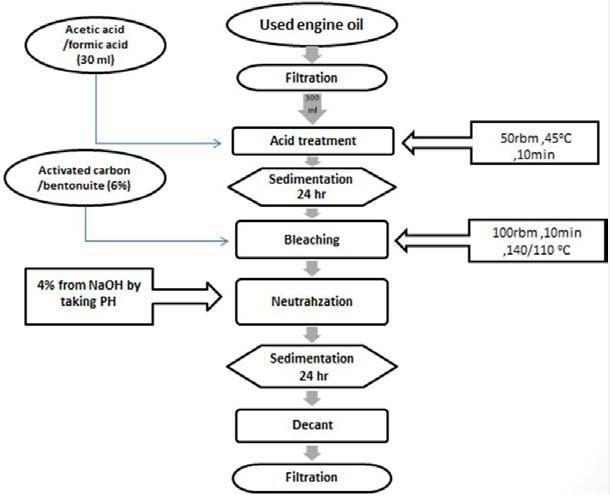
The term “recycling” of used oil typically involves repurposing it for different applications, often as a fuel source. In the lube oil industry, “recycling oil” or “reconditioning oil” commonly refers to a process that employs commercial filtration systems to eliminate insoluble impurities from the used oil. However, it’s important to note that this method doesn’t effectively remove soluble contaminants. Consequently, the resulting oil has limited applications.
The reconditioned oil, despite undergoing filtration, may still contain soluble contaminants that render it unsuitable for certain uses. To extend its usability, additives are sometimes mixed with the reconditioned oil. However, this treated oil is generally only suitable for one-time use and is primarily utilized as a fuel source.
It’s crucial to emphasize that reconditioned oil is not suitable for use in automobiles. The presence of residual contaminants and the lack of essential properties necessary for optimal engine performance make it unfit for such applications. Instead, it finds utility in industrial processes where stringent quality requirements are not as critical.
In summary, while the recycling of used oil through filtration processes presents an opportunity to repurpose it, the resulting reconditioned oil is often limited in its usability and is primarily relegated to fuel applications. Moreover, it’s essential to recognize its limitations and ensure that it’s not used in applications where its quality may compromise performance or safety, particularly in automotive engines.
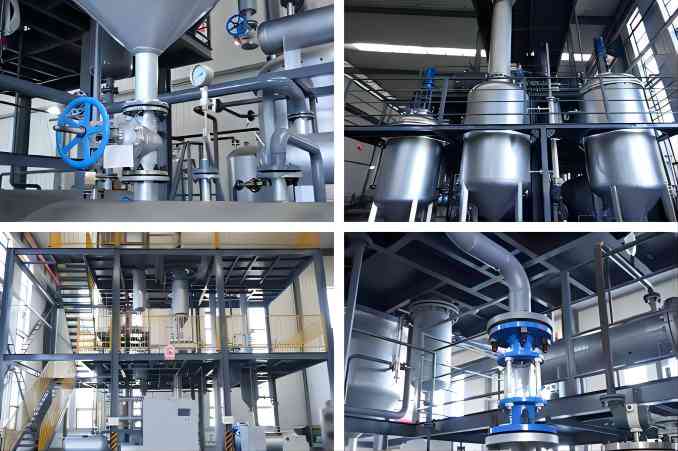
What is Used Oil Re-Refining?
Re-refining, a process refined over years, stands as a beacon of sustainable innovation in the automotive industry. It’s a methodical approach to recycling used oil, removing all impurities—both soluble and insoluble—to restore it to a quality suitable for automobiles.
What’s impressive is that re-refined oil often matches or exceeds the quality of virgin base oils. Through techniques like hydrotreating, re-refined oil can even meet API group II specifications, ensuring top-notch performance in engines.
Moreover, re-refining is gentler on the environment compared to the refining of crude oil, requiring less energy and resources. This means fewer carbon emissions and less environmental damage associated with oil production.
A particularly notable aspect of re-refining is its sustainability. Unlike conventional oils that are discarded after a single use, re-refined motor oils can be recycled multiple times, extending their lifespan and reducing the need for new oil extraction.
In essence, re-refining exemplifies a shift towards more responsible and efficient oil management practices in the automotive sector. It’s a process that not only minimizes waste but also maximizes resource utility, paving the way for a greener future.
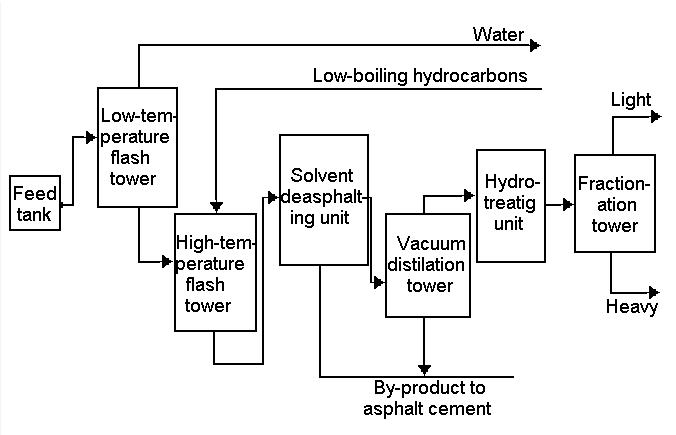
Choosing the Right Option: Re-Refining vs. Recycling
The choice between re-refining and recycling depends on various factors, including the quality requirements of the end product, environmental considerations, and economic feasibility. Re-refining offers the advantage of producing oil with properties comparable to virgin oil, making it ideal for critical applications where performance and reliability are paramount. Additionally, re-refining aligns with sustainability goals by promoting resource conservation and reducing greenhouse gas emissions associated with oil production.
On the other hand, recycling provides a more cost-effective solution for applications that do not demand stringent performance standards. While recycled oil may not exhibit the same level of purity as re-refined oil, it still offers significant benefits in terms of waste reduction and resource conservation. Moreover, recycling can be more accessible and practical for small-scale operations or regions lacking advanced re-refining infrastructure.
Ultimately, the decision between re-refining and recycling should consider the specific requirements and priorities of each situation. Both approaches contribute to the circular economy by closing the loop on oil consumption and minimizing the environmental impact of used oil disposal.
Conclusion
In the quest for sustainable waste management, used oil re-refining and recycling emerge as viable solutions to harness the latent value of this valuable resource. While recycling offers a more straightforward and cost-effective approach to repurposing used oil, re-refining sets a higher standard by restoring it to a quality equivalent to virgin oil. By understanding the differences between these processes and their respective benefits, stakeholders can make informed decisions to optimize the management of used oil resources and promote environmental stewardship.


